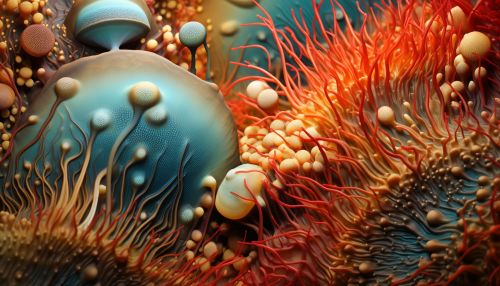Monera
Classification and Characteristics
The kingdom Monera, which includes all prokaryotic organisms, is characterized by its unicellular structure and lack of a defined nucleus. This kingdom is typically divided into two major groups: bacteria and archaea. Both groups exhibit a wide range of metabolic diversity, allowing them to inhabit a vast array of environments, from extreme heat to extreme cold, and from highly acidic to highly alkaline conditions.


Bacteria
Bacteria are the most diverse and abundant group of organisms within the Monera kingdom. They exhibit a wide range of shapes, including spheres (cocci), rods (bacilli), and spirals (spirilla). Bacteria can be further classified based on their cell wall structure, which can be determined using a Gram staining technique. This technique divides bacteria into two major groups: Gram-positive, which have a thick peptidoglycan cell wall, and Gram-negative, which have a thin peptidoglycan cell wall surrounded by an outer membrane.
Archaea
Archaea, the other major group within the Monera kingdom, were once thought to be bacteria due to their similar appearance. However, they are genetically and biochemically distinct. Archaea are known for their ability to survive in extreme environments, such as hot springs, salt lakes, and deep-sea hydrothermal vents. They are also present in more common environments, including the human gut. Unlike bacteria, archaea do not have peptidoglycan in their cell walls.
Metabolism and Reproduction
Monera organisms exhibit a wide range of metabolic strategies. Some are autotrophs, deriving energy from light (photoautotrophs) or inorganic compounds (chemoautotrophs). Others are heterotrophs, obtaining energy from organic compounds. Some bacteria are anaerobic, meaning they do not require oxygen for metabolism, while others are aerobic, requiring oxygen.
Reproduction in Monera is primarily asexual, occurring through a process known as binary fission. In this process, the parent cell divides into two identical daughter cells. Some bacteria can also reproduce through a process known as conjugation, in which genetic material is transferred from one cell to another.
Ecological Role and Human Impact
Monera play a crucial role in various ecological processes. For example, bacteria are involved in nutrient cycling, such as nitrogen fixation and decomposition. Some bacteria and archaea are also involved in the production of methane, a potent greenhouse gas.
Monera also have significant impacts on human health and industry. Some bacteria cause diseases, while others are beneficial, aiding in digestion and producing vitamins. In industry, bacteria are used in the production of foods like yogurt and cheese, as well as in biotechnology for the production of drugs and biofuels.
